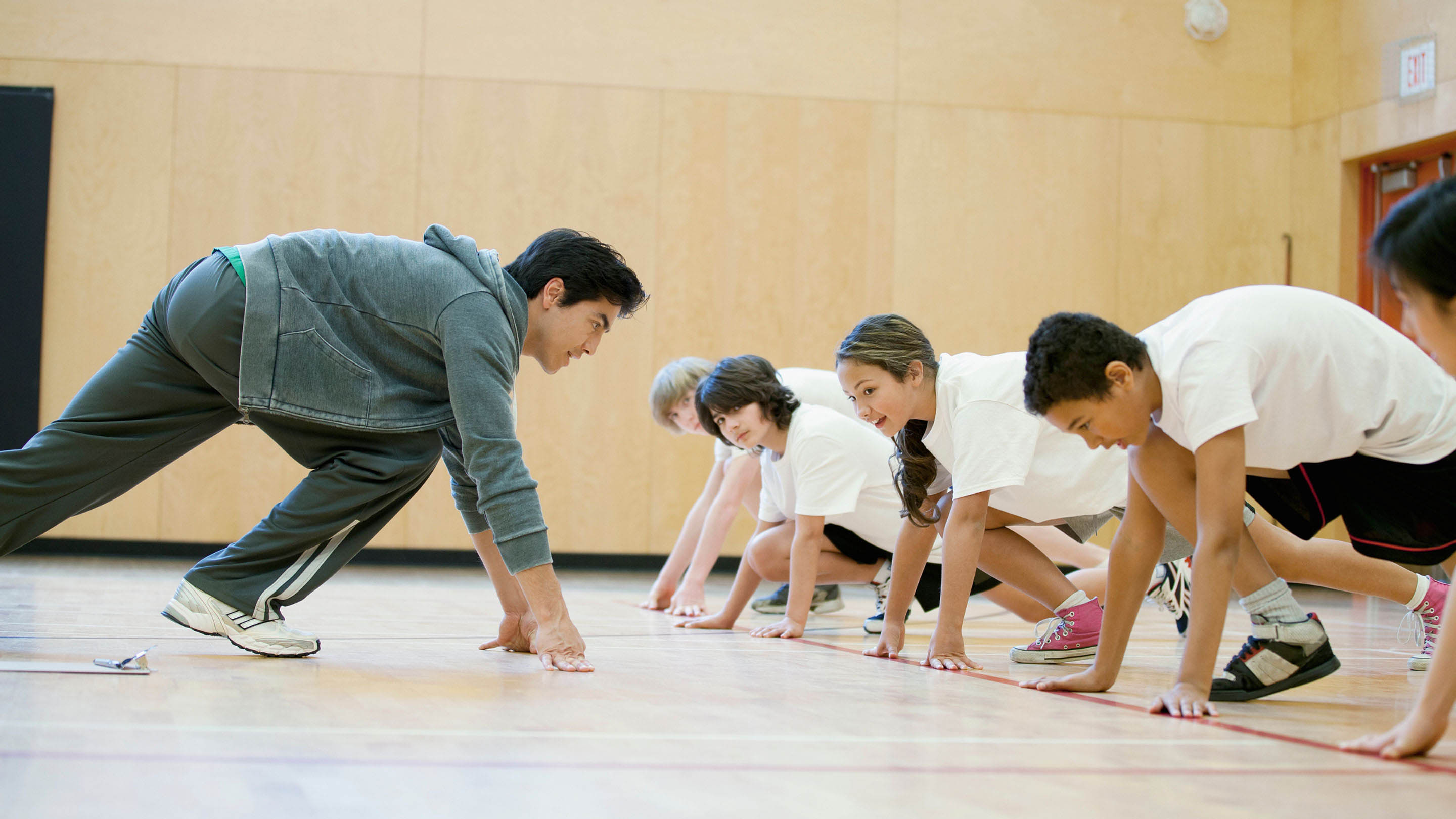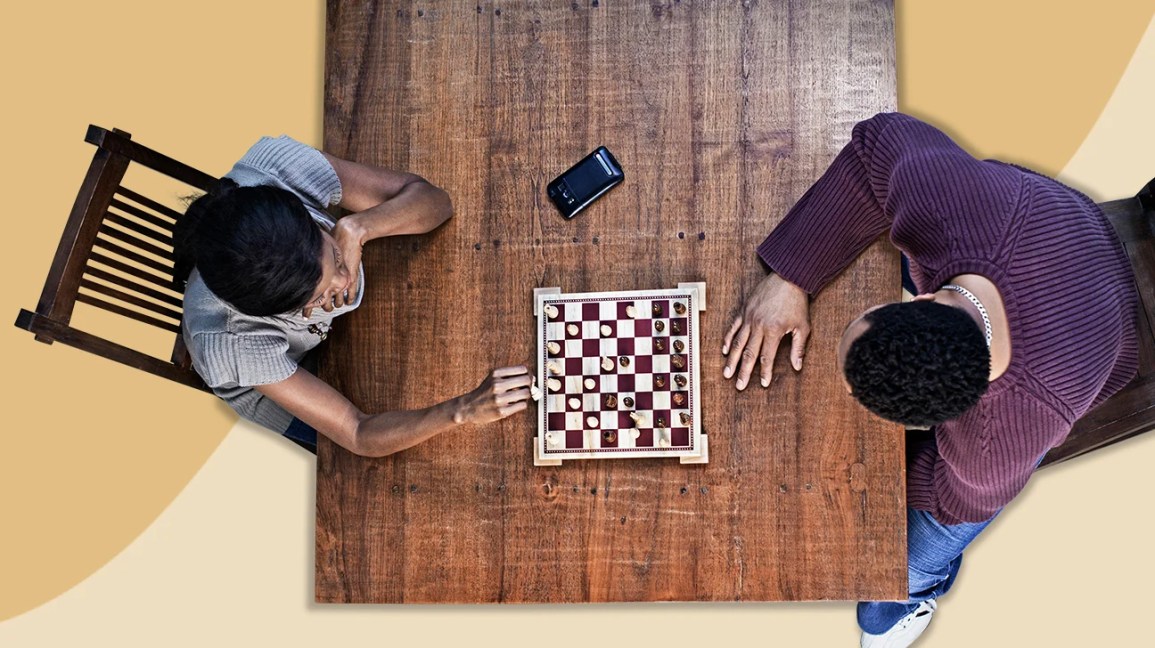Physical education games for elementary students include relay races, tag, hopscotch, and obstacle courses. These games promote physical activity, teamwork, and coordination, making them an enjoyable way for students to stay active and develop important skills.
By engaging in these games, elementary students can improve their motor skills, endurance, and flexibility while having fun with their classmates. Incorporating these games into physical education classes can also help develop social skills such as teamwork, communication, and cooperation.
Overall, physical education games provide elementary students with a positive and interactive learning experience that promotes a healthy and active lifestyle.

Credit: www.edutopia.org
Benefits Of Physical Education Games
Physical education games for elementary students have numerous benefits. These games can improve physical fitness and coordination, enhancing overall motor skills. Furthermore, they promote social interaction and teamwork, encouraging students to collaborate and communicate effectively. Additionally, these games aid in cognitive development by challenging students to strategize and think critically, thereby increasing their focus and concentration.
By participating in physical education games, students can develop a holistic set of skills that are essential for their overall growth and development. Through these games, students not only improve their physical fitness but also develop important lifelong skills that can positively impact their academic and social success.
Incorporating physical education games into the curriculum is thus crucial for the overall development of elementary students.
Outdoor Physical Education Games
Outdoor physical education games offer a fun and engaging way for elementary students to stay active. Tag games, with their variations, are a popular choice, promoting movement and excitement. Students can enjoy games like freeze tag, tunnel tag, or shadow tag, which add unique twists to the classic game.
Relay races and obstacle courses also provide opportunities for friendly competition and physical challenges. Students can improve their coordination, speed, and endurance while participating in these activities. Another great option is cooperative games that encourage teamwork and collaboration. Games like parachute games or giant ball games require students to work together towards a common goal, fostering communication and cooperation skills.
By incorporating these outdoor physical education games into the curriculum, students can enjoy physical activity while developing valuable skills.
Indoor Physical Education Games
Indoor physical education games provide a fun and engaging way for elementary students to stay active. Circuit training with stations allows students to move through various exercise stations, targeting different muscle groups. Dance and movement activities offer a creative outlet for students to express themselves while getting exercise.
From simple dance routines to group choreography, these activities help improve coordination and flexibility. Yoga and stretching exercises help enhance balance, posture, and overall body strength. Incorporating these activities into physical education classes not only promotes a healthy lifestyle but also improves students’ focus, concentration, and academic performance.
So, whether it’s jumping jacks, dance-offs, or yoga poses, indoor physical education games provide endless possibilities for elementary students to develop their physical fitness while having fun.
Conclusion
Physical education games provide an essential outlet for elementary students to develop their physical, mental, and social skills. These games not only promote physical fitness but also encourage teamwork, problem-solving, and goal-setting. By incorporating fun and engaging activities, educators can instill a love for physical activity at an early age, setting the foundation for a lifelong habit of staying active.
Moreover, physical education games help improve students’ cognitive abilities, enhance their concentration and focus, and boost their overall academic performance. With numerous game options available, teachers can cater to different interests and abilities, ensuring every student can participate and enjoy physical education classes.
It is crucial to recognize the significance of physical education games in fostering holistic growth among elementary students, and to continue prioritizing these activities to promote a healthy, active, and well-rounded future generation.
